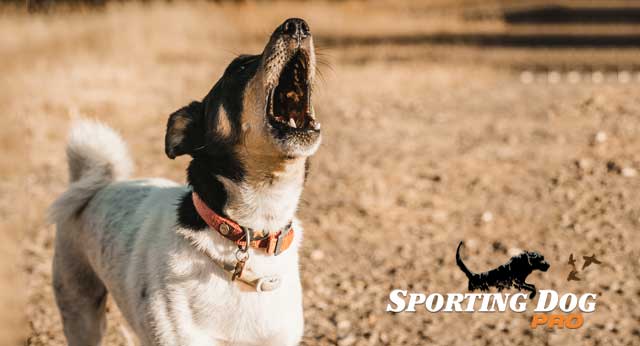You have no items in your shopping cart.
Help With Separation Anxiety or Latchkey Dogs

Back before the internet when information wasn’t at our fingertips dogs would often get labeled as bad dogs or ignored and put out when they were actually suffering from separation anxiety. It is always wise to seek professional help when your dog has a medical issue but, separation anxiety can easily be handled once you recognize the problem. Separation anxiety can become obvious in several different forms and can be caused by various distinct reasons. The signs and symptoms can be obvious or they may be very subtle at the beginning and easily reversed with very little effort.
Signs and Symptoms of Separation Anxiety
The most common and recognizable sign is destructive behavior. Destructive behavior can also be broken down into smaller symptoms such as, excessive chewing, excessive barking, house soiling and running around and bumping into furniture or other items that normally are not bumped into or even noticed.
Another, clear symptom of separation anxiety is refusing to eat or drink while alone. In turn making himself even more stressed because of hunger or thirst.
One symptom that is often overlooked because it seems harmless but, is usually the first sign of separation anxiety that appears is excessive salivating. When your dog is left alone and you notice his blanket or bedding is wet but, it is not urine then your dog is more than likely over salivating. This occurs most often in more confined spaces such as a crate or small room like a bathroom.
The most dangerous sign of separation anxiety is when your dog goes through great lengths to escape, whether it be a crate, kennel, fence, or inside your house. So many problems can occur due to these excessive escape tactics. A dog that is suffering from this extreme form of separation anxiety will have no regard for his own safety often injuring himself and damaging anything in his path. This destructive behavior can lead to a multitude of medical problems or injuries.
What are the reasons your dog suffers from separation anxiety?
Once you have determined that your dog suffers from any type of separation anxiety you should then determine the reason. Because dogs are extremely social creatures and crave companionship leaving them alone can often prove challenging for them. Dogs are pack animals and thrive by working and living together. In your dog’s eyes you are part of his pack and usually not just part of it but, the leader. When the leader of a pack isn’t present, chaos can ensue.
Dogs live to please and one of the main ways that they seek to please you is by playing or following you and being right there for you. Your dog sees this as a way to enhance his relationship with you because when it comes right down to it, you are what he lives for.
One other reason for the onset of separation anxiety is boredom. Dogs, especially dogs under 2 years of age, need stimulation. Passing the hours until your return can become quite problematic if your dog is not left with enough different activities to do. Dog’s are not creative animals, they need something to occupy their time.
Solutions
When dogs are young puppies it is normal and expected for them to have a small bit of anxiety at being left alone. However, it is important, and can ward off any future issues, if you go ahead within the first few days of bringing your puppy home, and leave him alone for short periods of time in a safe puppy friendly environment with a safe toy. This begins the training or warding off of the anxiety.
If however, you are already facing the ramifications of ignoring the signs of separation anxiety or if your older dog is just now showing signs of anxiety then it isn’t too late to turn him around.
- Exercise your dog about 20 minutes before you plan to leave. A tired dog will less likely want to run around and cause trouble. Be careful that this is not the only time you exercise your dog because he will learn to expect you to leave and that can just add to the anxiety.
- Give your dog a safe treat just before you leave. Something that can occupy his mind and make him think of his tummy and not of you.
- Do not make a big deal about leaving. A dog can sense when you are anxious and this will add to his unhealthy excitement.
- If your dog suffers from extreme anxiety that includes dangerous escape tactics and excessive barking or howling then a bark collar can be used to actually calm your dog. Try it at first while you are home but not allowing your dog to know you are home so the collar has a chance to calm him down.
While separation anxiety can be annoying and dangerous at times, following steps to control it and eliminate it will make your dog ownership experience all that it should be. Companionship is an absolute integral part of dog ownership and should never be left out or ignored. Dogs are social, that’s what makes them man’s best friend.
SportDOG's new and updated bark collar. The updated device has 10 levels of stimulation, three custom user modes, and is accurately triggered by both vibration and sound, still making this one of our favorites. The SportDOG R is for dogs 10 lbs. and up... [read more].














